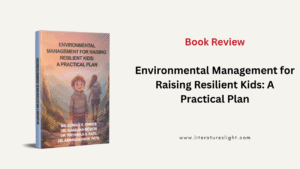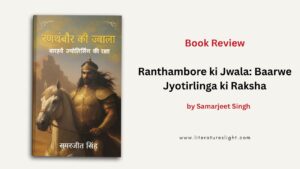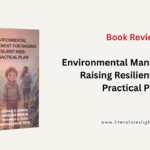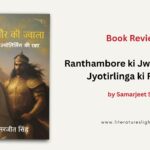In an era where technology pervades every aspect of human life, the traditional boundaries of academic disciplines are increasingly blurred. Dr. Preeti Oza’s book, “Humanities 2.0: The Intersection of Humanities and Technology,” provides an insightful exploration into how technology is revolutionizing the humanities. This book not only redefines the scope of humanities in the digital age but also charts a comprehensive history of the discipline, illustrating the transformative impact of technology on study, research, and cultural preservation.
Redefining Humanities in the Digital Age
Dr. Oza introduces the concept of “Humanities 2.0,” a term that encapsulates the integration of technology into the humanities. The book begins by tracing the evolution of the humanities, from classical studies rooted in literature, philosophy, and history to a modern, tech-savvy discipline that embraces digital tools and methodologies. This historical perspective is crucial in understanding the paradigm shift that Humanities 2.0 represents.
Philosophies of Technology and Transdisciplinary Approaches
One of the central themes of the book is the philosophy of technology. Dr. Oza delves into how technological advancements are not merely tools but integral components that reshape the epistemological foundations of humanities studies. This philosophical discourse is complemented by an examination of transdisciplinary approaches, highlighting how the convergence of technology and humanities fosters new forms of knowledge production and dissemination. These sections emphasize that technology is not an external force acting upon the humanities but an intrinsic element that enhances its scope and relevance.
Digital Humanities Methods
Dr. Oza’s book is rich with discussions on various digital humanities methods. Digital archiving, for instance, has revolutionized the way historical documents and cultural artifacts are preserved and accessed. By digitizing texts, images, and other forms of media, scholars can ensure the longevity of cultural heritage and facilitate global access to previously inaccessible materials.
Data and text mining represent another transformative method discussed in the book. These techniques allow researchers to analyze large corpora of texts, uncovering patterns and insights that would be impossible to detect manually. Digital mapping is also covered extensively, showcasing how geographic information systems (GIS) and spatial analysis can enrich historical and cultural studies by visualizing data in new and informative ways.
Digital Learning Environments
The emergence of digital learning environments is another critical area explored in “Humanities 2.0.” Dr. Oza discusses how online platforms, virtual classrooms, and e-learning tools are reshaping humanities education. These technologies offer flexible and interactive learning experiences, making humanities education more accessible and engaging for a diverse range of students.
Digital Media and Cultural Expression
Digital media’s impact on cultural expression and public engagement is a recurring theme in the book. Dr. Oza highlights how social media, blogs, and digital storytelling platforms have democratized cultural production and distribution. This democratization allows for a broader range of voices and perspectives to be heard, fostering a more inclusive cultural dialogue. However, the book also addresses the challenges posed by digital media, such as the digital divide, data privacy concerns, and algorithmic biases. These issues are critical in understanding the ethical implications of technology in the humanities.
Case Studies and Practical Implementations
One of the strengths of Dr. Oza’s book is its use of case studies and practical implementations. These examples illustrate how technology can enhance humanities research and teaching. For instance, digital humanities projects that utilize data visualization to map historical events or social networks provide new insights into complex topics. Similarly, the use of virtual reality (VR) and augmented reality (AR) in museums and cultural institutions offers immersive experiences that can deepen public understanding and appreciation of cultural heritage.
Challenges and Future Directions
While the book is optimistic about the potential of technology to enrich the humanities, it also acknowledges the challenges and limitations of this intersection. Issues such as the digital divide, which exacerbates inequalities in access to technology, and concerns about data privacy and algorithmic biases, are critically examined. Dr. Oza emphasizes the need for ethical considerations and responsible use of technology in humanities research and education.
Looking forward, the book outlines several future directions for TechHumanities. These include the development of more sophisticated digital tools and platforms, greater emphasis on interdisciplinary collaboration, and the need for ongoing critical reflection on the impact of technology on humanities scholarship. Dr. Oza advocates for a balanced approach that leverages the benefits of technology while remaining mindful of its potential pitfalls.
Conclusion
“Humanities 2.0: The Intersection of Humanities and Technology” by Dr. Preeti Oza is a groundbreaking work that redefines the role of the humanities in the digital age. Through a comprehensive examination of digital humanities methods, philosophical discourses, and practical implementations, the book provides a roadmap for integrating technology into humanities research and education. As we navigate the complexities of the digital age, Dr. Oza’s insights offer valuable guidance on how to harness the power of technology to enrich our understanding of human culture and history.






